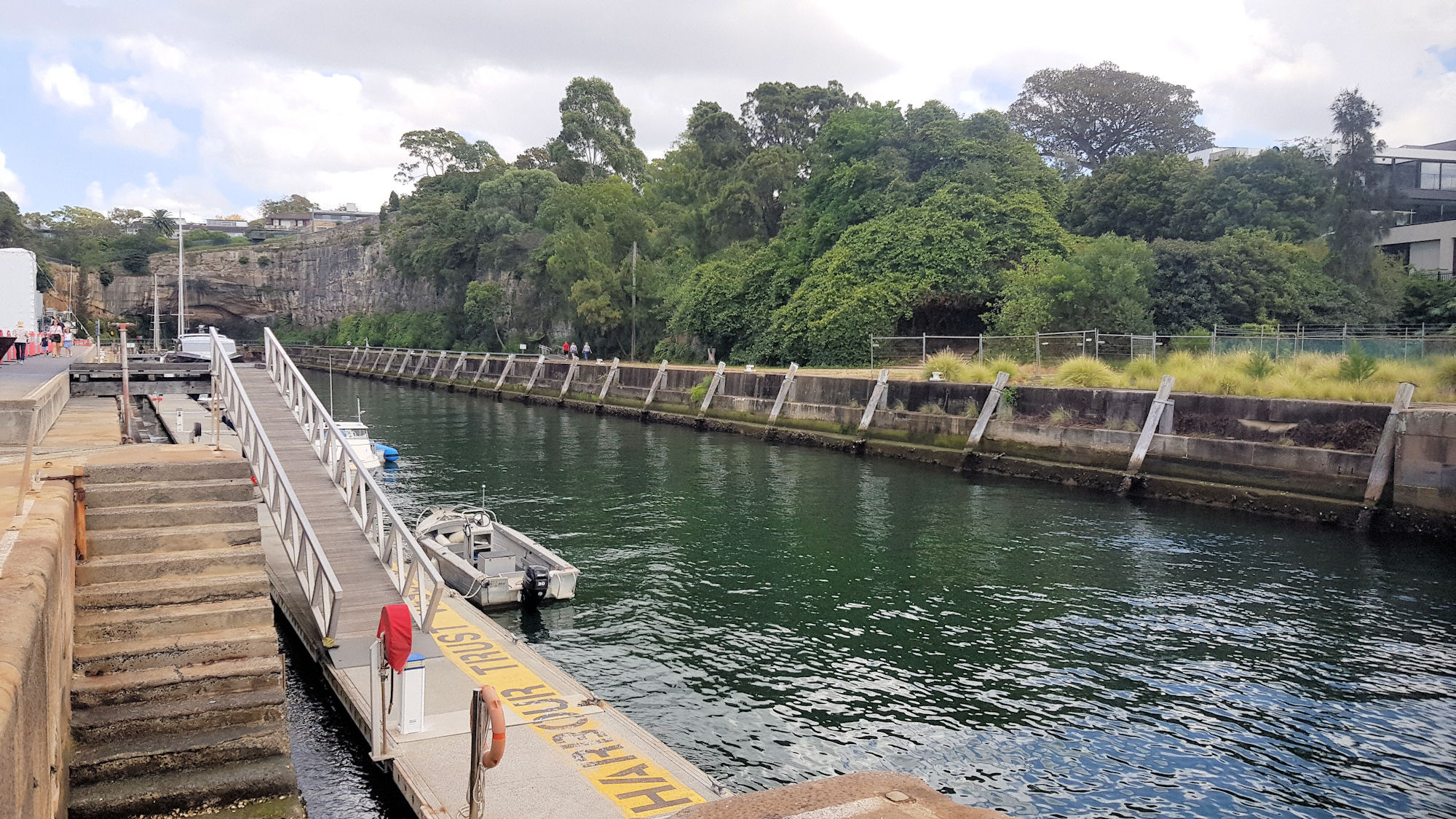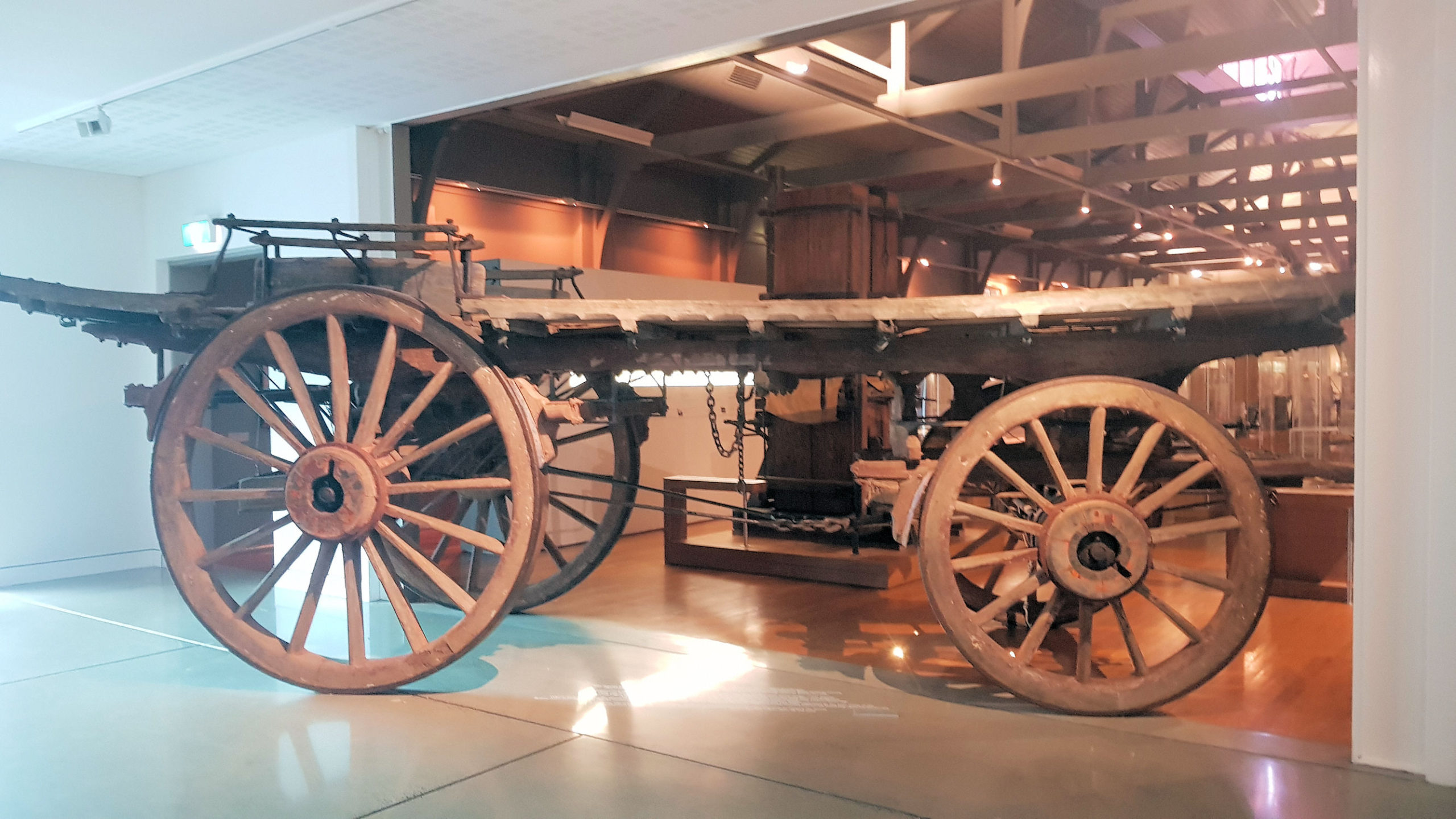Category: Historical Museum
-
Woolwich Dock on Sydney Harbour

Woolwich Dock Originally the largest dry dock in Australia when completed in 1910, Woolwich Dock is now a reminder of the past. Owned by the Sydney Harbour Federation Trust, the dock is well maintained and access is free. Getting There Only a ten-minute walk from Woolwich Wharf, Woolwich Dock was once a bustling shipyard, but Read more
-
Dubbo New South Wales Australia

Dubbo New South Wales Located in the central west of New South Wales, Dubbo was our first main stop during our road trip. A five hour car trip from Sydney, or a three and a half hour trip from our home in Singleton, stops along the way are needed. The first European settlement was established Read more
-
Western Plains Cultural Centre

Western Plains Cultural Centre Located on Wingewarra Street Dubbo the Western Plains Cultural Centre has an excellent collection of local historical displays and art. During our visit the local final year students had their artwork on display, which was great to see. The museum section displayed a large range of items, which provided a feeling Read more